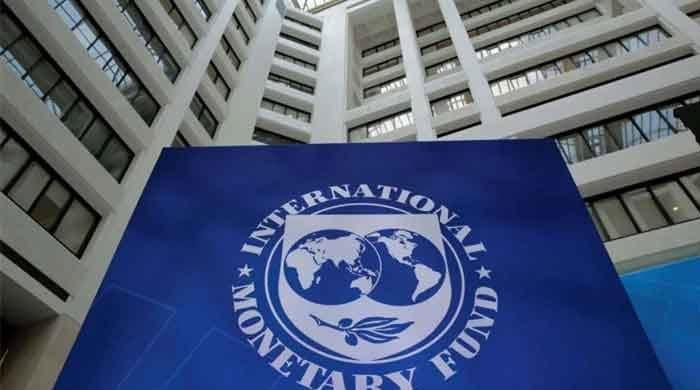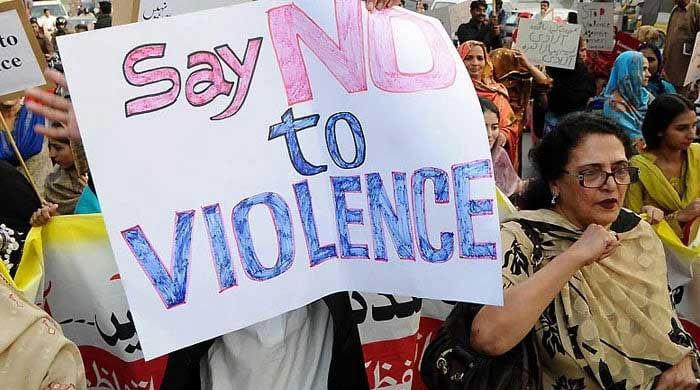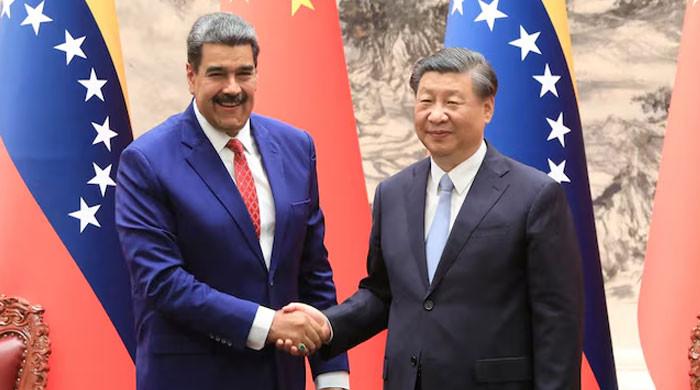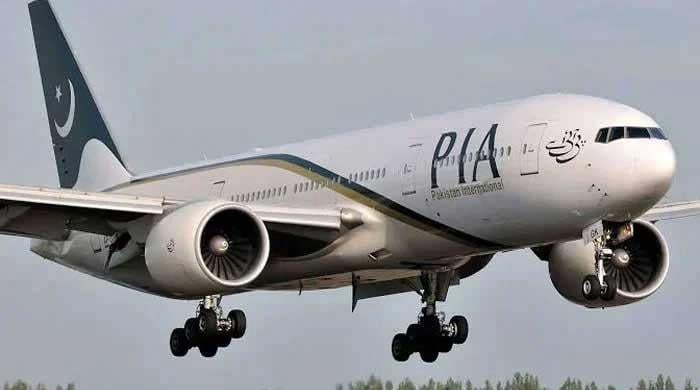Can Pakistan escape its economic curse?
Despite constant govt efforts to improve the tax policy and its administration, Pakistan’s Tax to GDP ratio remains low
November 14, 2019

“In the last 60 years Pakistan’s economy has crashed 13 times,” explained Professor Atif Mian during a talk at the University of California, Berkley, on October 25, “and every time it crashes, it requires a bailout from the International Monetary Fund (IMF).” In the same session, Professor Mian identified four main problem areas of Pakistan’s economic crisis: low investment rates, weak balance of payments and fiscal and liquidity concerns.
The statement alone paints a grim picture.
According to the quarterly report published by the State Bank of Pakistan, Pakistan’s fiscal deficit, therefore the shortfall in the government’s income and its spending, deteriorated in July-March 2019, in comparison to the financial year 2018. While the Consumer Price Index (CPI) Inflation, which is the prices of goods and services, averaged at 6.8 per cent and the real Gross Domestic Product (GDP) at 3.3 per cent in the same period.
On the flip side, in the FY2019, the country’s import bill reduced as a result of import compression introduced by the Pakistan Tehreek-e-Insaf-led government to stabilise the economy. The improvement in trade deficit, coupled with a healthy growth in workers’ remittances, reduced the current account deficit, which dropped from $13.6 billion in Jul-Mar FY18 to $10.3 billion in Jul-Mar FY19.
Even then, this year, revenue mobilisation remained weak due to stagnant tax revenues, and a steep fall in non-tax revenues that only slowed down the economic activity.
While the new government has put in place stabilisation measures, it will also need to press ahead with deep-rooted structural reforms. These would include, reforms in the fiscal sector such as broadening the tax base, reduction in untargeted subsidies, withdrawal of discretionary tax exemptions and privatisation/restructuring of loss making Public Sector Enterprises (PSEs), if the economy is to be revived.
Economic crisis on a loop
There are two reasons behind Pakistan’s repeated macroeconomic crisis:
a) The imbalance between public sector spending and income
b) Pakistan’s weak export base
As compared to other emerging markets in the world, Pakistan’s income from taxes, fees and other sources is strikingly low, which results in an imbalance between income and expenditure.
Despite constant government efforts to improve the tax policy and its administration, Pakistan’s Tax to GDP ratio remains low, below the middle-income countries (MICs), with an average of around 18.5 per cent . Here, a high proportion of taxes are collected through indirect taxes, while a small number of individuals file income tax returns. All these coupled lead to a low revenue collection.
Separately, the public spending of the federal and provincial governments need to also be reimagined. Persistent losses made by some public sector enterprises, and the even larger losses made in the energy sector, provide additional scope for improving public finances. Also, the bare minimum spending on health and education forces Pakistan to lag behind on many development indicators. Hence, rationalising and improving the effectiveness of public expenditure is in need of a dire review.
The second source of macroeconomic vulnerability is exports. If you add up the total value of exports of all the countries in the world, Pakistan’s share has declined over time, from 0.16 per cent in 2003 to 0.12 per cent in 2017, according to the Pakistan Business Council. The underlying cause is that Pakistan has a limited number of categories to export in. The country will need to diversify its products to reach out to newer markets.
The way out
The recent political change over, and the ongoing macroeconomic crisis, has put Pakistan under vigilance from spectators and lending institutions alike.
There is no doubt that the current government inherited a challenging economic situation. A financing gap of $12 billion forced it to seek a bailout package from the International Monetary Fund.
In order to stabilise the economy and to address the twin deficits (the current account deficit and fiscal deficit) Pakistan signed its 22nd IMF bailout package of $6 billion in light of challenging economic environment, with lacklustre growth, elevated inflation, high indebtedness, and a weak external position .
But here we also need to ask why the past IMF programmes failed to address the macroeconomic vulnerabilities? The answer is simple. IMF programmes are more effective at tackling short-term problems of instability.
In a recent policy dialogue, titled ‘Unlocking Pakistan’s Growth: What Can Macro Policy Achieve’, an inaugural event of the Pakistan Development Forum 2019, the above questions came up repeatedly.
The event was co-hosted by the Centre for Economic Research in Pakistan (CERP) and the Evidence Policy Design (EPoD) at Harvard Kennedy School. The panellist included, Dr. Abdul Hafeez Shaikh, the adviser to the prime minister on Finance, Dr. Reza Baqir, the governor State Bank of Pakistan, Dr. Asim Ijaz Khwaja, the Sumitomo-Foundation for Advanced Studies on International Development Professor of International Finance and Development at the Harvard Kennedy School and Dr. Carmen Reinhart, a former deputy director of the IMF.
During the discussion, Dr. Baqir explained that the current IMF programme has led to two institutional changes. First, a shift from a fixed exchange rate system to a flexible exchange rate system and secondly, for the first time Pakistan’s government is not borrowing from the State Bank of Pakistan.
“In 2014 the current account deficit of Pakistan was in balance, but grew to an unprecedented level of $2 billion per month, making it the largest deficit in Pakistan’s history,” he told the audience, “Simultaneously a fixed exchange rate policy led to a heavy reserve loss.”
Since 2018, he added, when the real effective exchange rate began to depreciate through a series of devaluations, the current account deficit began to turn around. “It has now halved from its peak. The IMF programme comes at the end of this horizon, which is to say that a lot of the external adjustment has been done before the start of the programme.”
According to Dr. Baqir, the fiscal adjustment is off to a good start, as tax revenues have begun to grow after having fallen for a number of months.
From the federal government’s perspective, Dr. Shaikh enlisted key development facts associated with Pakistan pertaining to its complex geography, poor strategic alliances, short-lived and unsustainable growth spurts, and an inability to engage women to contribute to the economy.
Dr. Shaikh showed confidence in the measures taken by the current government to revive and stabilise Pakistan’s economy while emphasising the importance of strengthening institutions and giving them autonomy. “As a result of tough decisions, we are seeing good initial results. The current account deficit was brought down by 30 per cent last year, and exports are finally beginning to pick up as a result of targeted support by the government”.
Leading the academic perspective Professor Reinhart identified the ‘Low Saving Rate’, prevalent in many emerging markets, as an additional challenge for Pakistan. According to her, the issue of hidden debts is a usual source of weakness during a financial crisis and as per her experience private sector liabilities convert into public liabilities, which should be a note of caution to the government officials.
“After a couple of good years, you begin to treat the favourable growth environment as permanent and you overspend,” she noted, “Don’t get overly optimistic; don’t think that the good news is permanent. In fact limiting borrowing, in addition to a floating exchange rate, is a safeguard to maintaining reserves.”
Tariq is the communications associate at the Lahore-based Centre for Economic Research in Pakistan (CERP)











